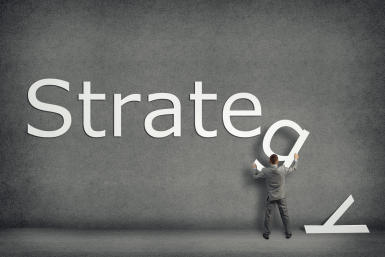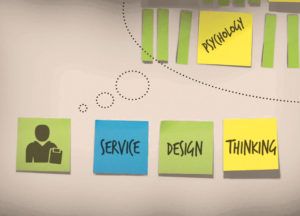We believe that a 360° strategy is the best way to address user experience and get the website right the first time. It is both the face of your company and a brand connection to anyone who doesn’t visit your offices.It might be the only touch point for the majority of your potential customers and employees. That’s why we have developed a system to power through your website development process.
Stage 1: Planning
All our projects start with a Questionnaire, where we get to understand your brand story, vision, requirements, and expectations. Next, we decide the scope of work based on website components including design, technical, and business. Simultaneously, we identify your end users and interview them about their experience and interactions with your brand.
Stage 2: Research
In the next phase, we carry out a complete market research of your industry to understand your competitor strategy and customer awareness. Your current website is also reviewed and goals of the new website are established along with a roadmap of future value-added services. The resultant Mood Board reflects the aspirational look and feel of your branded website.
Stage 3: UI/UX Design
The first step towards designing user interactions and experience is empathizing with the user. Based on information collected at the research stage, Personas of your end-users are developed. This helps us in visualizing how the users will navigate your website and what they will find useful. This is followed by a creation of complete tasks list. In the end, a site map and wireframe start taking shape.
Stage 4: Content Design
After a complete review of your existing website, a new content strategy is developed. The most important points and high-level messaging is identified so that your website has a clear value proposition for the users. All content and messaging are made consistent with your brand messaging and brand story to reinforce who you are and what you have to offer in a way that connects with people.
Stage 5: Graphic & Motion Design
Drawing inspiration from the Mood Board, high-end visuals are selected to amplify the message on your website. That means spending time choosing imagery and creating graphics that fit the visual narrative, not just dropping in some stock photography. At this stage, multiple look and feel options may be provided so you can select which is best suited to your brand.
Stage 6: Coding & Development
Once the wireframe, sitemap and the visual look and feel of the brand are decided, the next step is to make it HTML friendly and interactive. The website can be coded from scratch, or an existing CMS can be customized so that content is updated in-house and has a reasonable setup and maintenance costs.
Stage 7& 8: Testing& Redesign
The site is tested by developers across devices and browsers to ensure accessibility for all. At this stage, stakeholders and potential users can test the features and functionality of the website. Based on their feedback, the final changes are made to the website design. Any technical bugs in coding are detected and fixed.
Stage 9: Site Launch
Simultaneously, arrangements are made for domain registration and hosting. After rigorous testing by our expert team, the website is ready to go live with your final approval.
Stage 10: Support
Once the project is complete, that’s to say that all the modules or phases scoped are complete, we continue to iterate on design and development. Especially, the development and management of successful content never end. We always make contingency plans to accommodate inevitable changes encountered along the way.
So now that you know how we design and develop websites, we leave you with this.
Creating a website is definitely an investment of time and money, but when executed well, it can easily pay off in customer conversion, employee attraction, brand amplification, and sales process automation.That’s why you should consider a consultative partner rather than a vendor. Ultimately, choosing a partner is as much about choosing the process.Thus, building a website with us means overcoming technological and organizational obstacles as well as avoiding compromises that could weaken the integrity of the overall vision.




![Read more about the article 5 B2B social media platforms every company should use in 2019 [Updated]](https://therushrepublic.com/wp-content/uploads/2018/06/B2B-300x150.jpg)
